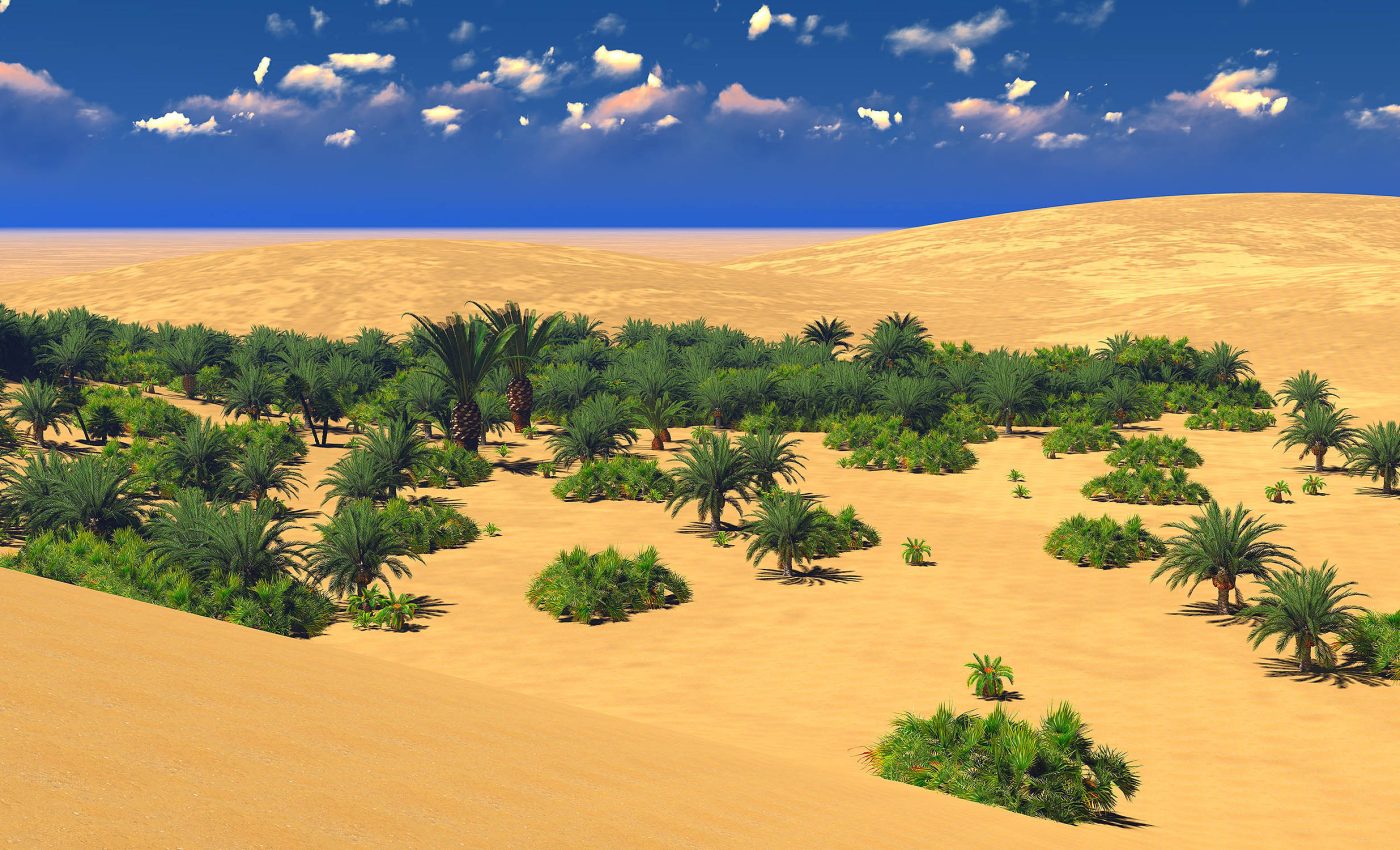
Some parts of Earth benefit from climate change, including the Sahara desert
By the late 21st century, the Sahara could receive about 75 percent more summer rain than it does today, according to a multi-model analysis led in Chicago, and based on 40 climate models.
The same work points to wetter summers across parts of North, East, and Central Africa, with a notable dry patch in West Southern Africa.
What changes and where
The study team compared summers in 2050 to 2099 against 1965 to 2014 and found a strong uptick in precipitation over the Sahara and broad increases in the north and east.
The signal is largest under very high emissions, but the wetter push appears under a moderate path as well.
Southeastern Africa rises by about 24 percent and South Central Africa by about 17 percent, while West Southern Africa drops by about 5 percent, all relative to the historical baseline.
Summers refer to May through September in the north and November through March in the south.
The analysis was led by Thierry Ndetatsin Taguela, the lead researcher at the University of Illinois Chicago (UIC). He works within UIC’s Climate Research Lab, where his team studies how shifts in temperature and circulation patterns shape rainfall trends across Africa.
Impact or rain in the Sahara
Even a sizable percent jump starts from a very small baseline. The Sahara averages roughly 3 inches of precipitation per year, making it an extreme outlier for dryness in the modern climate.
An increase of 75 percent raises totals but does not transform the region into a rainforest, and many places would still receive little to no rain in a typical year.
Warmer air can hold more water vapor, which makes more rain possible when storms form.
The Clausius Clapeyron relationship suggests specific humidity rises by about 7 percent for each degree Celsius of warming when relative humidity stays similar, a basic finding reviewed in the IPCC’s assessment.
This thermodynamic push is strongest where winds move moisture into place and lift it, which helps explain why the projected increases line up with active monsoon belts and coastal inflow regions.
Some regions dry
The models show drying in West Southern Africa, even as temperatures climb. There, circulation changes appear to weaken rising motion that usually helps storm clouds grow.
Scientists point to shifts in the large-scale overturning of tropical air, including the Hadley circulation, a broad loop of rising air near the equator and sinking air in the subtropics.
A weaker ascending branch in the south can suppress rainfall despite extra moisture in the atmosphere.
What drives change
The researchers split rainfall changes into two buckets, dynamic and thermodynamic.
The thermodynamic term, temperature driven moisture increases that intensify rainfall, explains most of the wetting across West, North Central, North East, South Central, and South East Africa.
The dynamic term captures circulation changes and takes center stage in the West Southern Africa drying, where weaker ascent limits storm development despite a moister background.
Uncertainty is high
The ensemble spread is wide in several regions. By the end of the century, differences between models explain over 85 percent of the total uncertainty in projected summer rainfall across every region.
That dominance points to how models represent small scale processes like deep convection, cloud microphysics, and turbulent mixing.
These choices shape how moisture is lifted, condensed, and rained out, so they influence both totals and the intensity of storms.
Planning for Sahara rain
Rain that falls in new places can still run off fast on bare and compacted soils, which complicates water storage and flood control.
Shifts in the timing and strength of rainy months can unsettle planting schedules, urban drainage, and hydropower.
“We have to start planning to face these changes, from flood management to drought resistant crops,” said Taguela.
Understanding Sahara rain
Percentages can sound large, but water managers work in volumes and flows. A region that gets 20 inches of summer rain and sees a 20 percent boost faces a very different challenge than a desert that climbs from 3 inches toward 5.
Local land cover, slope, soils, and existing reservoirs will decide whether extra rain is useful, dangerous, or both, and whether it arrives as slow soaking events or short bursts.
Across models, the sign of change is often consistent for the Sahara, North East Africa, South Central Africa, and South East Africa. The amount of change is where models disagree most.
West Africa is mixed, with a wetter central Sahel and drier western Sahel offsetting each other in averages. East Southern Africa and Madagascar show patchwork maps that cancel out in regional means.
Climate change and Sahara’s future
Improving convective storm representation should narrow the spread in regional rain projections. Higher resolution runs that resolve storms more directly can test whether current parameterizations miss important patterns.
Better ocean temperature forecasts in the Atlantic and Indian Oceans could also sharpen seasonal guidance, since warm pools steer moisture and influence monsoon onset, strength, and breaks.
Rain changes across Africa affect hundreds of millions who rely on rain fed farming and urban water systems. Adapting early can help avoid losses and use wet years to build buffers for dry spells.
Flexible plans that work under both wetter and drier outcomes will serve best where the sign of future change is still uncertain.
The study is published in npj Climate and Atmospheric Science.
—–
Like what you read? Subscribe to our newsletter for engaging articles, exclusive content, and the latest updates.
Check us out on EarthSnap, a free app brought to you by Eric Ralls and Earth.com.
—–













